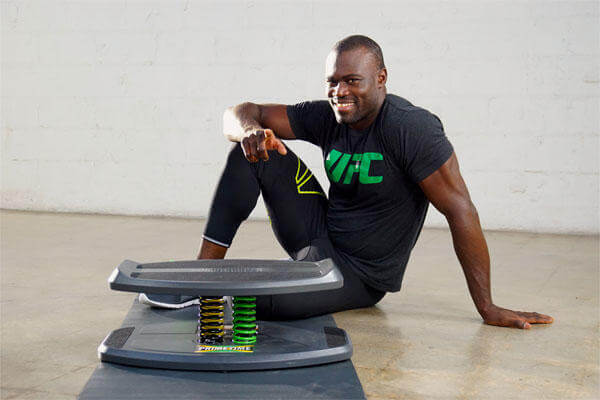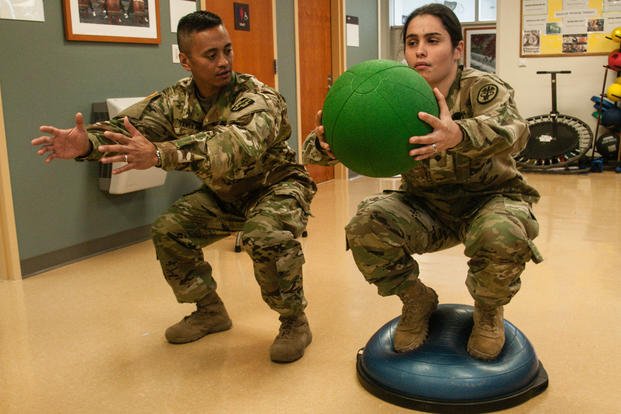For people starting to run or run again after a long period of time, shin splints are often one of the first issues you may face. Some things in the runner’s shin injury prevention checklist are also the standard things for beginning runners, such as:
- Get better running shoes with better inserts
- Have ice and Motrin ready
- Practice dynamic ankle-strengthening motions (flex/point the foot) to get blood flow to the lower-leg muscles
- Consider non-impact options or rest from running
- Progress logically. Get on a beginner running program and follow the rules.
If you still are having issues like John, a local swimmer preparing for a triathlon, there are some other options for you. Here is his question:
Stew – I have followed your previous advice in the Shin Splint article you referred me to a month ago. Though it helped ease the pain, it still hurts after I run, and since I run less, I am not getting faster as I prefer. Are there other things in your books or articles I can do like exercises, stretching or foam rolling, other than just not run?
John, the best answer to this often is to give it more time, but if it is still painful to touch, walk or run after a few months, you might want to get professional medical/physical therapy advice.
But until then, you have to keep doing what you are doing to build your shins. I find balance exercises work the shins very well. Simply standing on one leg increases blood flow to the lower leg quickly. Promoting healing and strong soft tissues of the lower leg is critical. Sure, foam rolling works well, but you will want a soft roller if very sensitive to touch.
I find that pointing and flexing my foot through the day (not just before/after running) helps the shins feel better. Check your form of running, too. Is your point of impact (your entire weight on your feet) at the heals, midfoot, or forefoot? There are many methods like pose, chi, evolution, barefoot running, midfoot strike and others.
Everyone has a way to run. My recommendation is to find what works best for you and go with it. Experimenting with other forms of running has injured me in some way. This is my Evolution of Running.
I have been using balance boards, too. I found one called the StrongBoard Balance. Boards with springs that wobble mean it's a lot safer than some others on the market. They can be used for way more than shin splint injuries, but I have found them very useful for this injury.
In a few minutes, you will feel the blood flowing to the shins. Products like these are great for healing and strengthening your shins -- as well as improving your balance. Any of these exercises will work the shins; even doing squats will require your shin muscles to work.
- Teeter-totters. Stand and squat on the platform while rocking it left and right.
- Seesaws. Just stand and bend the ankles forward/backward so you stretch the calves/flex shins, then flex the calves/stretch the shins. Go back and forth.

Some more advanced balance/lower-body movements:
- Squats. Stand on the board and squat as deeply as you can.
- Single-leg deadlifts. One foot across the center of the platform, bending down and hinging at the hips, while opposite leg extends up.
- Step-ups with a lateral kick. Step up, putting one foot across the center of the platform and kick out laterally with the opposite foot.
Give these ideas a go and see how you do. Patience is tough when you are in the middle of making progress. The good news is that you still can swim and bike and master two-thirds of the triathlon for now. Mix in strength training for the legs/shins, balance and stretching. Soon the pain should subside.
Any of the workout eBooks/ books found at the Military.com Fitness Ebook Store can be altered, and you can replace running with non-impact options, if necessary. You will find many ideas to add to your training for increasing your run pace, as these plans are designed specifically for various fitness testing events.
Stew Smith is a former Navy SEAL and fitness author certified as a Strength and Conditioning Specialist (CSCS) with the National Strength and Conditioning Association. Visit his Fitness eBook store if you’re looking to start a workout program to create a healthy lifestyle. Send your fitness questions to stew@stewsmith.com.
Want to Learn More About Military Life?
Whether you're thinking of joining the military, looking for fitness and basic training tips, or keeping up with military life and benefits, Military.com has you covered. Subscribe to Military.com to have military news, updates and resources delivered directly to your inbox.


















